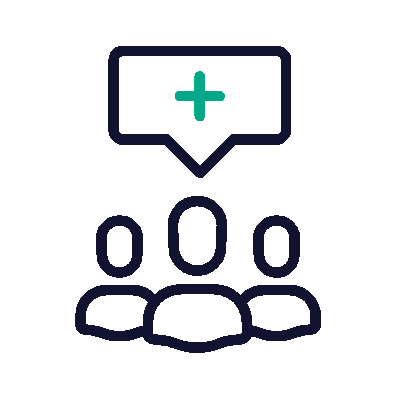Federal budget 2020: what it means for your home loan
Federal budget 2020: how tax cuts help your home loan
One of the features of federal budget 2020 was tax cuts, which will be backdated to apply from the beginning of this financial year. This means if you’ve already paid some tax for Financial Year 2020/2021, you could be due for an immediate tax refund.
What tax relief is the government providing?
The Commonwealth government used federal budget 2020 to bring forward tax cuts that it hadn’t originally intended to apply until FY2022/23. It did this to help stimulate the economy in the face of the COVID-19 pandemic.
These are the second stage of three stages of tax cuts. The third stage is due to be introduced in FY2024/2025.
How much could you save in Financial Year 2020/2021?
The government applies tax at different rates depending on how much you earn.
These tax cuts will reduce your tax by lifting the thresholds at which different tax rates apply.
In particular, they affect two tax brackets. The current 19% tax threshold will be lifted from $37,000 to $45,000 and the 32.5% tax threshold will be lifted from $90,000 to $120,000. The tax-free threshold of $18,200 remains in place.
The amount you’ll save depends on how much you earn.
How do the tax cuts affect your home loan?
Essentially, tax cuts mean that you keep more of the money you earn each month. You can use this any way you like, including by putting it towards your mortgage so that you pay it off faster.
You’d generally do this by contributing the extra money into an offset account or redraw facility, both of which work a little differently.
A mortgage offset account operates in a similar way to a savings account. The difference is that instead of the bank paying you interest like a savings account, any money you have in it is offset against your home loan principal to reduce the amount of interest you pay and reduce the term of your loan.
A redraw facility actually lets you put money directly into your mortgage which you can withdraw when you need.
Using either could potentially save you serious time and money,when it comes to paying off your mortgage.
For instance, if you earn $100,000, your tax cut will be the equivalent of $127.50 a month. Say you had a principal and interest mortgage of $400,000 over 30 years with 25 years left to run.
If you put that extra $127.50 a month towards your mortgage, based on an interest rate of 3.5%, you could potentially reduce your home loan by around 2.5 years and save more than $20,000.
What if you’re looking to refinance or buy your first home?
If you want to refinance or you’re buying your first home, you’ll also have extra money in your pocket each month, which you can put towards your mortgage.
Given that lenders will assess your application partly based on your income and expenses, this could give you a boost in how much you could borrow and even whether you qualify for a home loan.
Federal budget 2020 and first home buyers
The 2020 federal budget also contains relief specifically aimed at first home buyers. In particular, the government will expand its First Home Loan Deposit Scheme (FHLDS).
The FHLDS is aimed at helping first home buyers get into the market sooner by guaranteeing up to 15 percent of the value of their home where they buy a newly built property or build their own home.
The government has expanded the scheme to allow up to 10,000 Australians to purchase a property with as little as five per cent deposit without the need for lenders mortgage insurance (LMI). For people who don’t have a 20 per cent deposit, LMI is often one of the largest upfront costs involved in buying a home.
Which properties qualify?
The expanded FHLDS scheme doesn’t apply to all properties, only to newly built homes below a certain threshold.
The exact amount of this threshold varies depending on where the property is located. For instance, the threshold in Sydney and Melbourne is higher than in regional areas. That said, the thresholds for the scheme will also be lifted so that it applies to more properties.
Best of all, if you apply for the scheme, it won’t affect your entitlement to other Commonwealth and State government home buyer grants and schemes. That means you may be able to claim a first home buyer grant as well as stamp duty concessions or exemptions.
If you sign a building contract before 31 December you may also qualify for the HomeBuilder scheme, which could provide $25,000 towards the cost of building your own home.
Is the First Home Loan Deposit Scheme open to everyone?
Only Australian citizens buying as owner-occupiers qualify for the scheme. They also must be earning less than $125,000 a year if buying as an individual or less than $200,000 if buying as a couple.
To apply, you need to go through an eligible lender. There are 27 of these, including NAB and the Commonwealth Bank.
The federal budget and granny flats
One often overlooked part of federal budget 2020 is that it provides a capital gains tax (CGT) exemption for granny flats where they’re used by family members.
Currently, a homeowner may have to pay CGT on a granny flat when they sell their home, even if it’s used by a close family member such as an elderly relative or child.
If you’re considering taking out a home loan to build a new structure on your property to house a family member, this could make it a lot more attractive.
And finally…
The budget contained good news for Australians with a home loan, largely in the form of tax cuts. If you’re a first home buyer, it could also give you what you need to get into the property market sooner.


